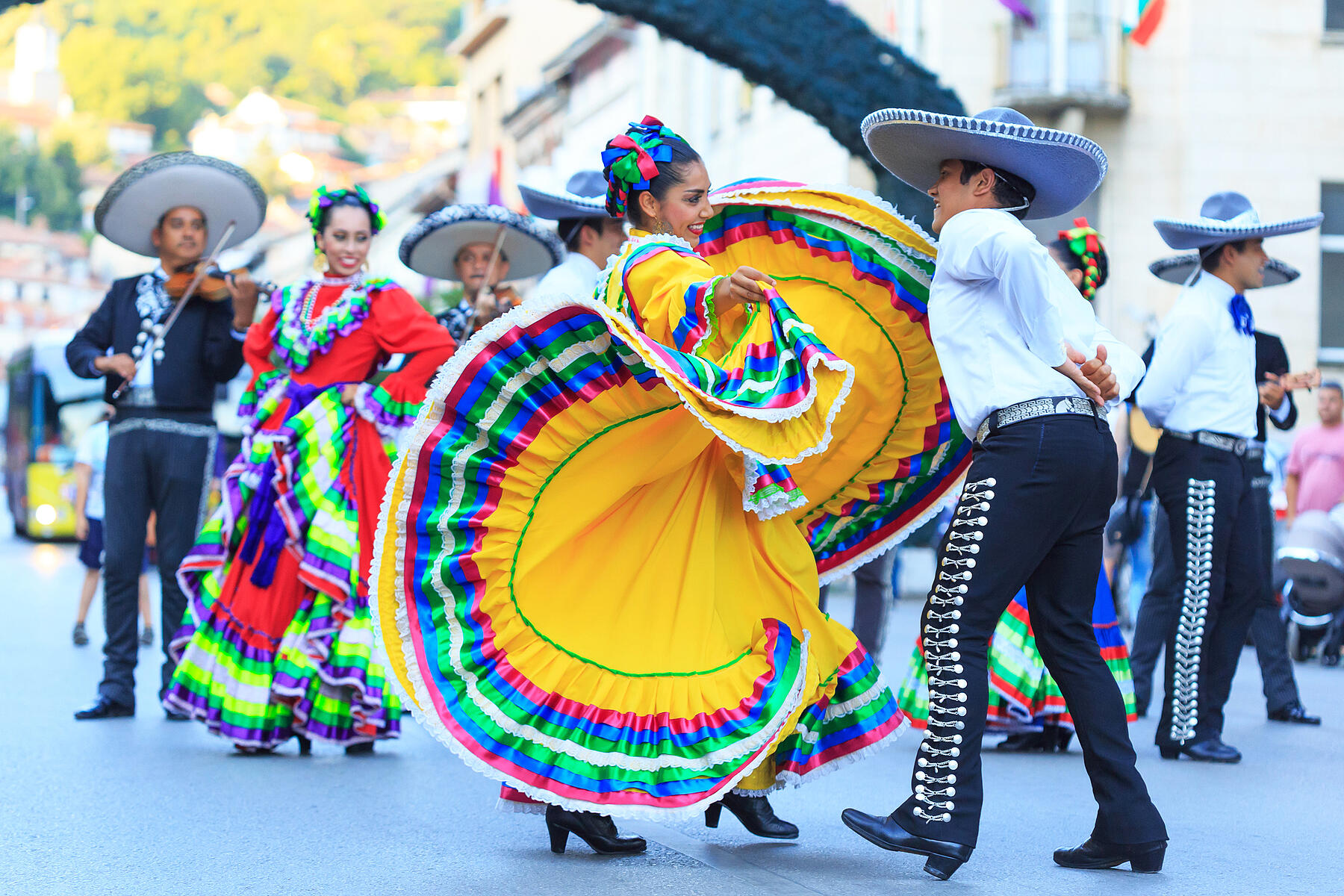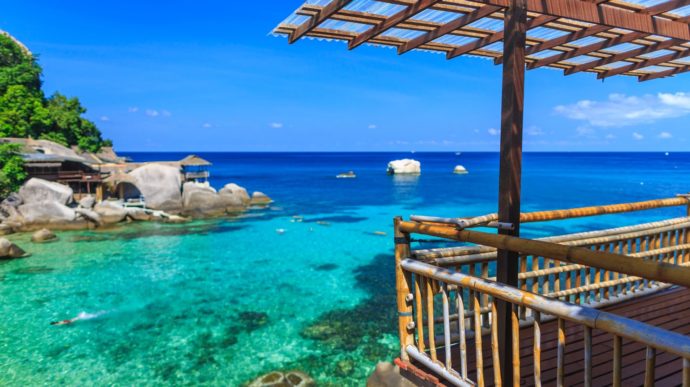If you want to discover your Hispanic heritage, historical research can be a powerful tool. But you must start with the right questions. To answer these questions, historians must consider multiple perspectives and a range of social contexts.
History of the U.S.-Mexican War
timeThe U.S.-Mexican War was a bloody conflict that occurred between 1846 and 1848. It was fought between the United States and Mexico over territory. During this time, the American government was trying to expand its presence in the West and gain a foothold in the Pacific Ocean. It was also trying to push the idea of Manifest Destiny, the idea that America was predestined to spread across the continent. While the American side of the war focused on expansion and Manifest Destiny, the Mexican side was more concerned with protecting its nation from outside invasion. During this , Mexicans faced attacks from bandits, rustlers, and Native American raiders.
This period of violence also led to the loss of many territories for Mexico and made it difficult for the Mexican people to maintain their independence. It also pushed the country into a long period of turmoil and civil war. Despite these struggles, the war brought in new leaders determined to turn Mexico around.
Mexican American Civil Rights Movement
The Mexican American Civil Rights Movement was a powerful force that helped to define the identity of many people in the Hispanic community. It fought against racism and discrimination to create a new identity that included self-respect, pride, and cultural rebirth. The movement began in the 1940s and 1950s with legal victories against discrimination and segregation. The first major victory was Mendez vs. Westminster Supreme Court in 1947, which prohibited the segregation of Latino children from White schools. Another major success was Hernandez vs. Texas in 1954, which ruled that Latinos were entitled to equal protection under the law. This decision greatly boosted the Latino civil rights movement and inspired a generation of Hispanic activists. As the war drew close, Mexican Americans returned home with an increased interest in civic and political affairs. This was because they had fought tyranny abroad and were unwilling to accept second-class citizenship, limited educational and occupational opportunities, or segregation at home.
Mexican American History
Mexican American history is a complex and rich one. It reflects the influences of Spain and Mexico, indigenous cultures, wars and depressions, and shifts in attitudes toward immigration. Mexico was an ancient and culturally advanced nation that had long been a center of commerce, arts, and science before the arrival of Spanish conquistadors. It was home to the Aztecs, Mayans, Toltecs, and other great cultures. After Mexico gained independence in 1821, it was a huge and ethnically diverse country that struggled for national unity. Its borders stretched from California to Guatemala, a place of immense natural resources. Throughout the country, people of many backgrounds populated towns, villages, and cities. Some were poor, while others were affluent, but all shared a deep sense of identity. When World War II broke out, non-disabled men went to fight overseas, and many U.S. farmers sought out Mexican laborers to meet their need for hardworking and skilled labor. But as the economy slowed, tens of thousands of Mexican laborers were forced to return to Mexico. This movement, combined with the mass deportation of non-disabled workers, greatly decreased the population of Mexican Americans in the United States. As a result, Mexican Americans in the United States were often segregated and denied equal rights to education, housing, and employment. Like Black American segregation in the South, this was rooted in class, skin color, and language.
Puerto Rican History
Before the Spanish colonial period ended in 1898, Puerto Rico was largely an agricultural island dominated by sugarcane and coffee plantations. The economy was centered on foreign trade, primarily in the United States.
After 1824, however, friction developed between Spain and the U.S. as both countries sought to develop a regional power base in the Caribbean. In the meantime, Puerto Ricans established strong trading ties with both nations. During the 1860s, a pro-independence movement arose in Puerto Rico to protest Spanish colonial policies and demands for autonomy. The movement’s secret cells enlisted members from all sectors of society, including merchants, professionals, and peasants. The movement’s success was attributed to a lack of government support and a critical economic situation. The rebellion was also fueled by the growing number of migrant laborers in the island’s urban areas.
As a result, Puerto Rican migrants increasingly began to focus on political issues in the United States. During the 1920s and 1930s, most migrants were drawn to the Democratic party. The Barrio Latino began to take shape as these migrants became active in local political associations. These organizations often had a connection to their hometowns, where they sought to represent the interests of their migrant communities and gain attention from New York’s Democratic machine.



